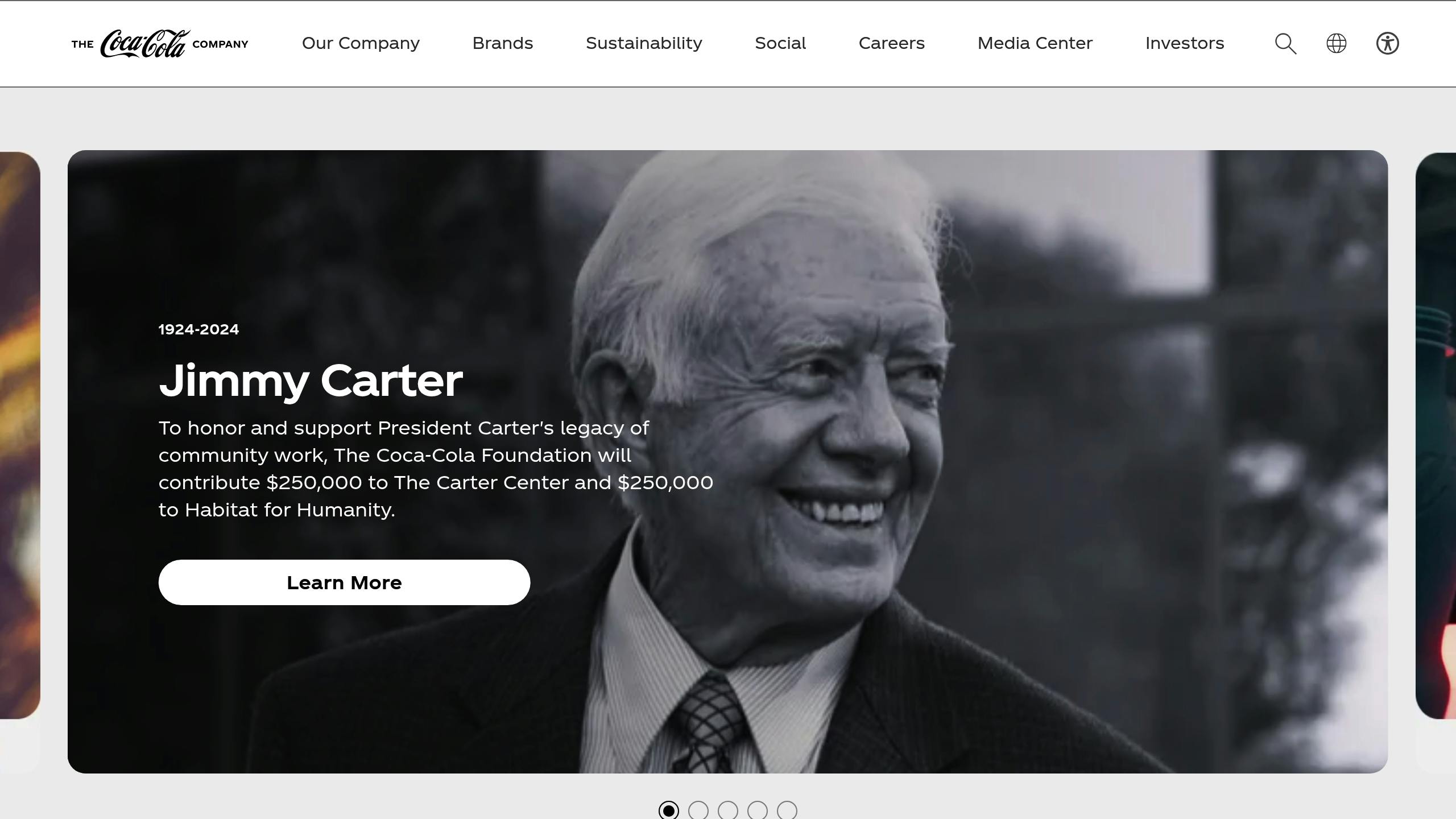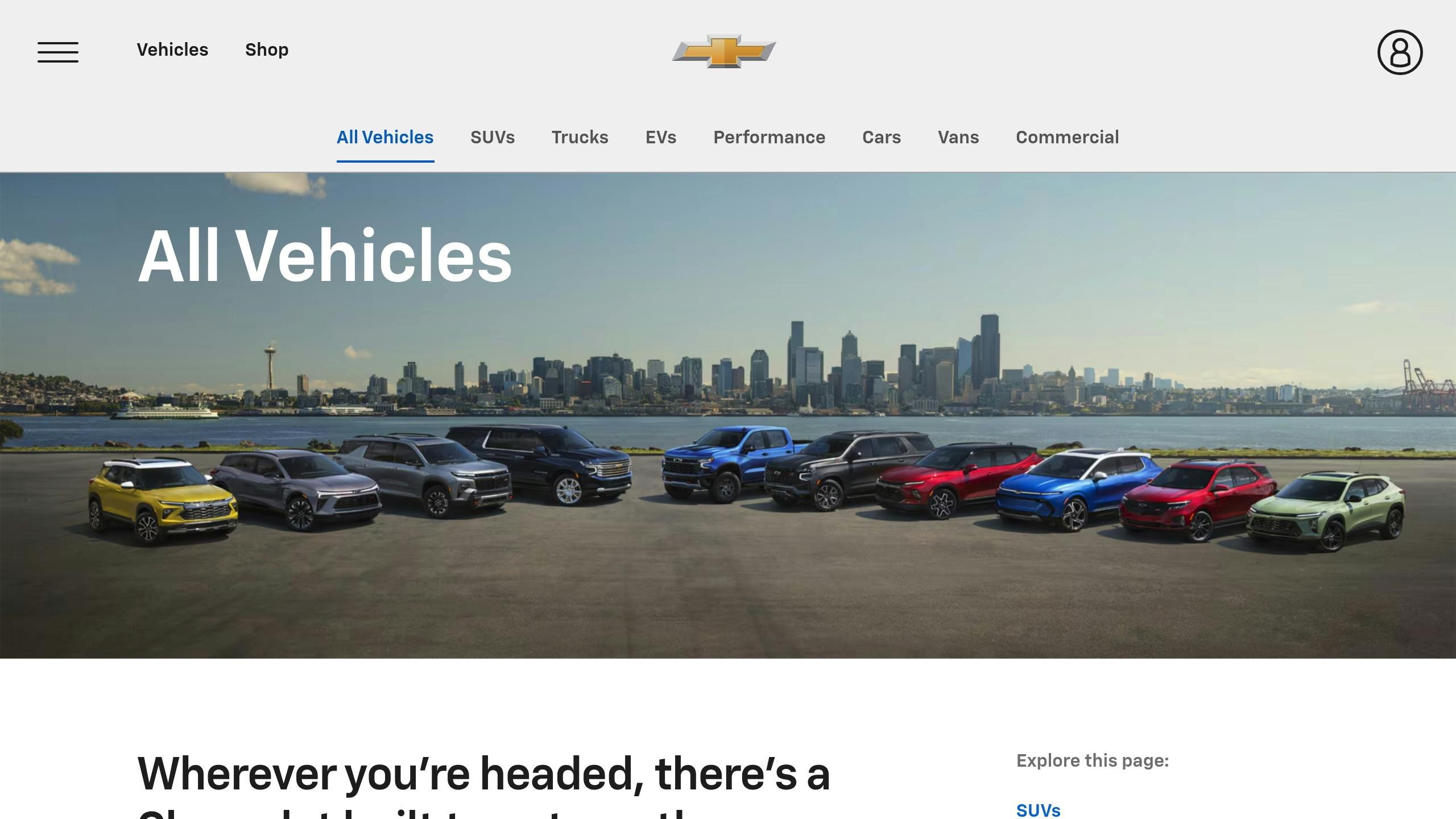Did you know? A brand name with repetitive sounds is 36% more memorable across languages. Plus, hard consonants like "b" and "p" can convey energy, while softer sounds like "f" and "s" suggest elegance. This is why language plays a huge role in how customers perceive and remember brands.
What The Pronunciations Of Brand Names Really Mean
Key Takeaways:
- Sound Matters: Names with plosive sounds feel bold; softer sounds feel refined.
- Meaning Across Languages: A name should avoid negative translations (e.g., Coca-Cola adapted its Chinese name to mean "tasty fun").
- Local Fit: Names must align with cultural norms, be easy to pronounce, and meet legal requirements.
Avoid costly mistakes like mistranslations ("Finger-Lickin’ Good" became "Eat Your Fingers Off" in Chinese). Instead, test names with native speakers, check trademarks, and ensure global relevance.
Want to create a name that works worldwide? Focus on sound, meaning, and local market testing.
Language Elements That Impact Brand Names
Sound Patterns and Customer Response
The way a name sounds can shape how it’s perceived. For instance, names with plosive consonants like ‘b’, ‘d’, and ‘g’ often feel bold and strong. Research even shows that such names are seen as 13% larger and 17% more angular compared to those featuring softer fricatives like ‘f’, ‘s’, or ‘v’. Take Google as an example – its soft ‘g’ gives it a friendly and approachable vibe. While sound influences first impressions, the actual meaning of the word plays a bigger role in long-term acceptance.
Word Meaning Across Languages
Creating a name that works across multiple languages is tricky. It requires ensuring the meaning stays positive no matter the region. A classic example is Coca-Cola, which adjusted its Chinese name from something that translated to "bite wax tadpole" to ‘Kekou-kele’, meaning "tasty fun". This shift was achieved through thoughtful semantic analysis.
Local Market Fit
For a name to succeed globally, it needs to align with local markets. Here are three key factors:
| Dimension | Key Considerations | Example |
|---|---|---|
| Cultural Sensitivity | Matches local values and avoids taboos | Häagen-Dazs used Scandinavian-inspired names to convey a premium feel |
| Phonetic Compatibility | Easy for locals to pronounce | Visa‘s simple sound made it easy to recognize worldwide |
| Digital Presence | Availability of domain names and social media handles | Airbnb ensured consistent branding across digital platforms |
Brands often rely on consumer language research to test potential names with native speakers before launching. This kind of preparation helps catch potential issues early while keeping the brand consistent across markets.
sbb-itb-aebd855
Common Mistakes in Multi-Language Naming
Expanding a brand internationally comes with challenges, and naming mistakes are among the most common. Here’s where brands often go wrong:
Translation Problems to Avoid
Direct translations can lead to costly blunders. Take HSBC Bank’s 2009 campaign, for example. Their slogan "Assume Nothing" was mistranslated as "Do Nothing" in several markets, resulting in a $10 million rebranding effort for their private banking operations.
The solution? Transcreation – adapting the brand’s essence while keeping the core message intact. Here are frequent translation issues:
| Translation Issue | Impact | Notable Example |
|---|---|---|
| Literal Translations | Distorted meaning | KFC’s "Finger-Lickin’ Good" turned into "Eat Your Fingers Off" in Chinese |
| False Cognates | Unintended meanings | Mitsubishi Pajero had to be renamed in Spanish markets due to vulgar slang |
| Cultural Context | Cultural mismatches | Ford Pinto’s name carried an inappropriate slang meaning in Brazilian Portuguese |
Legal Requirements and Limits
Different countries have unique legal requirements for branding:
- In China, brands must create Chinese-language versions of their names.
- Quebec enforces French translations for all brand names.
To protect your brand, ensure:
- Trademark checks in every target market.
- Industry compliance for regulated sectors.
- Local language reviews to meet regional laws.
Sound and Market Testing
"40% of global consumers won’t buy from websites in other languages".
Testing a name goes beyond just translation. It includes:
- Linguistic Analysis: Native speakers assess pronunciation and potential hidden meanings in both formal and informal contexts.
- Cultural Sensitivity: Local experts ensure imagery and terminology are appropriate. For instance, avoiding animal references in Hindu-majority regions.
- Market Response: Focus groups evaluate how memorable and culturally aligned the name feels.
IKEA, for example, tested over 1,000 names before choosing "Malm" for its bed frames, ensuring there were no unintended meanings in Asian markets.
Steps to Create Strong Brand Names
Once potential challenges are identified, the next step is crafting a name that works globally. This requires a structured process that combines linguistic knowledge with market testing. Here’s a breakdown of how companies create names that resonate across languages and cultures.
Language Analysis Steps
The first step in brand naming is a detailed linguistic evaluation. This process ensures the name is easy to pronounce, culturally appropriate, and visually adaptable. Here’s what it involves:
| Analysis Type | Focus Areas | Goal |
|---|---|---|
| Phonetic Review | Sound patterns, pronunciation | Make sure the name is easy to say in different languages |
| Semantic Check | Literal and implied meanings | Avoid unintended negative meanings |
| Cultural Assessment | Local customs, taboos | Prevent cultural missteps |
| Visual Evaluation | Script adaptability | Ensure consistency across platforms |
Market Response Testing
Testing is key to ensuring the name works in real-world scenarios. This involves:
1. Initial Screening
Native linguists review the name for phonetic and cultural compatibility.
2. Digital Validation
Check the availability of digital assets like domain names and social media handles. Also, ensure the name aligns with localized SEO needs.
3. Legal Verification
Conduct trademark searches in each target market to avoid legal issues.
Working with Naming Experts
Collaborating with professionals can streamline the naming process. Here’s how they approach it:
1. Brief Development
- Clarify brand values and positioning.
- Define target markets and language needs.
- Establish clear naming guidelines and constraints.
2. Name Generation
- Use tools like sound symbolism and semantic analysis to create options.
- Apply cultural filters to refine the list.
3. Validation Process
- Conduct linguistic reviews to ensure the name works across languages.
- Perform legal checks for trademark clearance.
- Test market reactions to finalize the choice.
Specialized agencies blend brand strategy with linguistic expertise to create names that strike a balance between global appeal and local relevance. This ensures the name resonates with diverse audiences while meeting practical requirements.
Brand Name Examples: Wins and Losses
The way language influences brand names becomes evident when looking at real-world examples. Successes and missteps in global markets highlight how crucial it is to consider linguistic factors during the naming process. These examples bring the earlier principles to life:
Coca-Cola‘s Global Name Strategy

When Coca-Cola realized their Chinese name translated to "bite wax tadpole", they took action. After analyzing 40,000 characters, they came up with "Kekoukele", which means "tasty fun." This thoughtful approach has helped Coca-Cola sell over 140 million servings daily in China.
Chevrolet Nova’s Naming Error

Chevrolet faced a major challenge when their car name, "Nova", was interpreted as "No va" (or "doesn’t go") in Spanish-speaking markets. This unintended meaning hurt the car’s credibility, leading to a rebrand as "Caribe".
These examples make one thing clear: taking the time to thoroughly evaluate linguistic elements is not optional for brands aiming for global success.
Conclusion: Main Points for Naming Success
Research shows that companies focusing on localization achieve 1.5x greater revenue growth potential. This guide has outlined key strategies to help ensure your brand’s name succeeds globally.
Here are the three main pillars for effective global naming:
- Linguistic thoroughness: Go beyond simple translation. Dive into sound symbolism studies and check for any cultural implications in each target market.
- Market testing: Native speaker feedback is essential to avoid costly missteps.
- Legal safeguards: Secure trademark protection in all potential markets to protect your brand’s growth.
Collaborating with naming specialists and linguists can make a huge difference. Their expertise uncovers subtle cultural nuances and risks that automated tools often overlook.
"The ability to obtain information in their own language is more important than price for 56.2% of consumers"
Global success requires balancing consistency with local relevance while keeping future markets in mind. By applying these strategies and working with skilled professionals, brands can develop names that connect meaningfully across languages and cultures.

